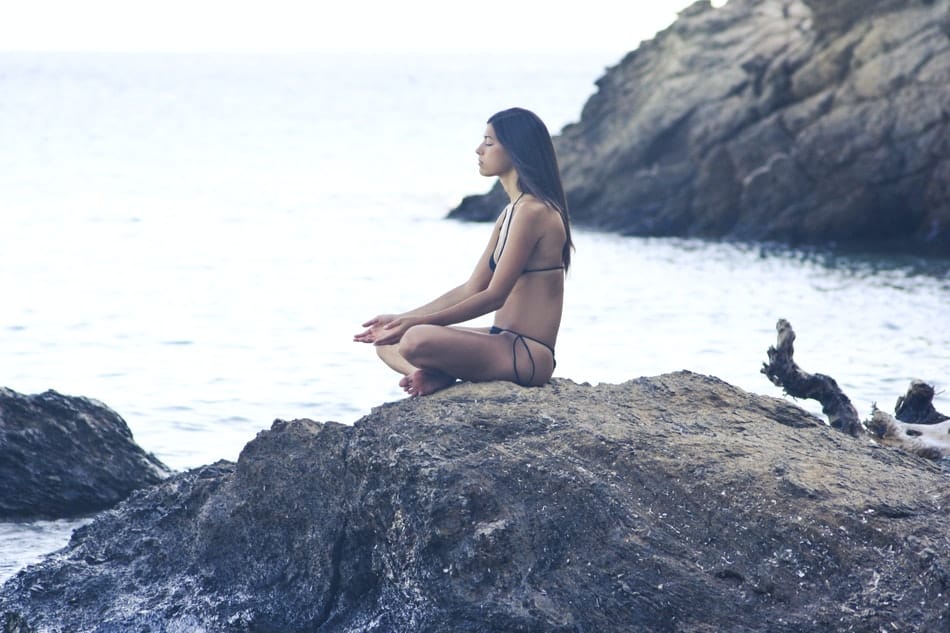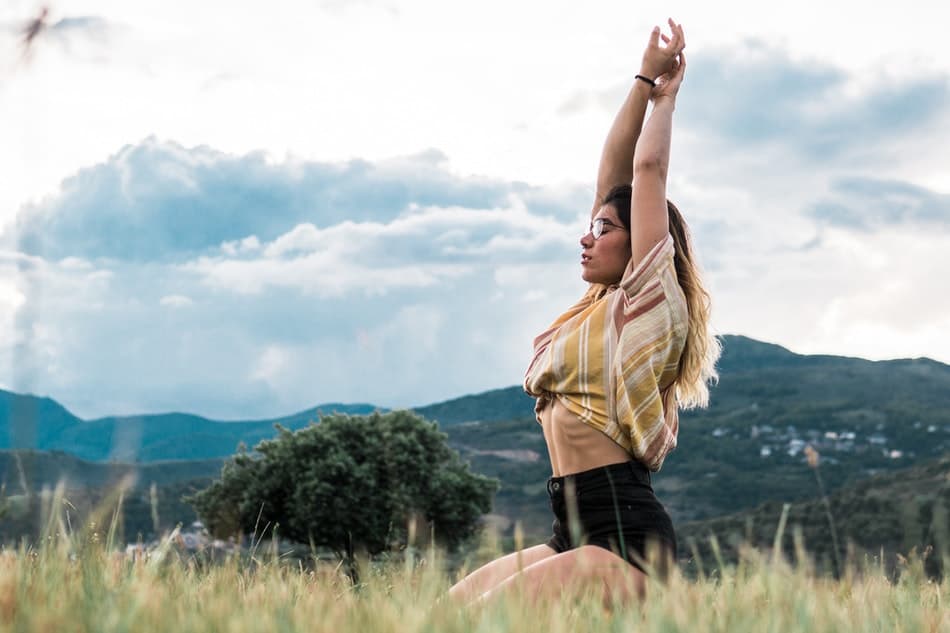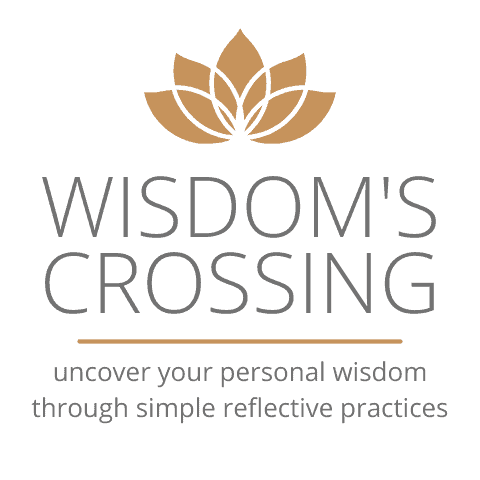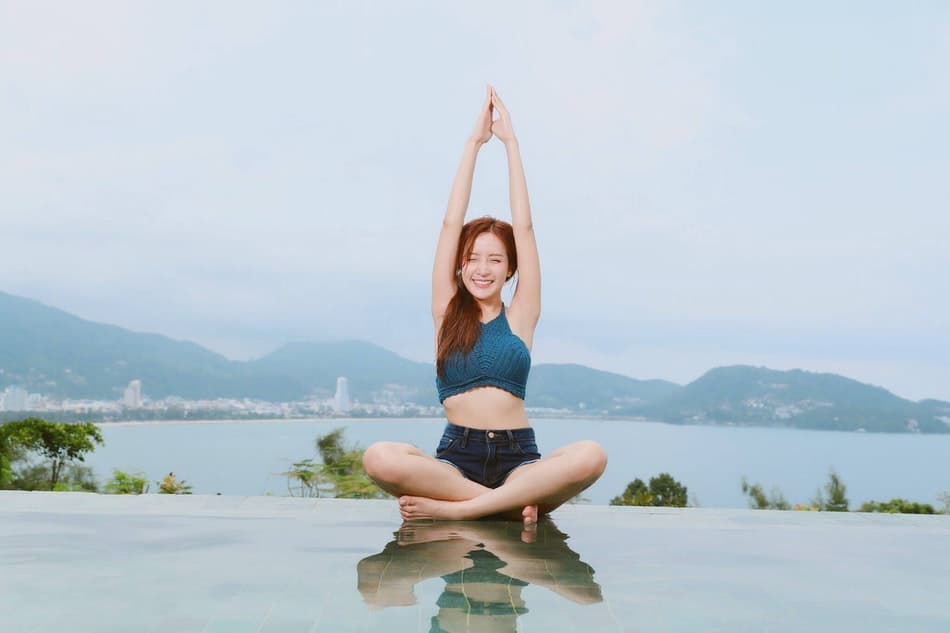Do you find yourself getting lost in all of the yoga jargon? Do you know the difference between Hatha Yoga vs Vinyasa Yoga vs Ashtanga Yoga? If not, don’t worry! In this article, I will explain the key differences between these three popular types of yoga. I will also discuss the benefits of each type of yoga so that you can decide which one is right for you!
Hatha yoga is a more slow-paced and gentle form of yoga. It focuses on breath work and holding static poses for a longer period. Vinyasa yoga is a faster-paced and more dynamic form of yoga that emphasizes movement and flow. Ashtanga yoga is a set series of poses that are always done in the same order.
What Is Hatha Yoga?
Hatha yoga is a physical and mental discipline that originates in India. The word “hatha” can be translated to mean “willful” or ” forceful,” and refers to the use of physical techniques to achieve control of the body. Hatha yoga is often practiced to prepare the body for meditation.
There are many different styles of hatha yoga, but all emphasize proper alignment and holding of the body in each position, or asana. Common hatha yoga poses include downward-facing dog, cobra, warrior I and II, mountain pose, and child’s pose. Many classes will also incorporate sun salutations, a series of poses that are performed in sequence and repeated multiple times.

Hatha yoga is suitable for all levels of students, from beginners to advanced practitioners. If you are new to yoga, it is recommended that you start with a beginner’s class or private lesson to learn the basic poses and principles before moving on to a more advanced class. Hatha yoga can be adapted to any level of fitness, and modifications can be made for those with injuries or special conditions.
What Is Vinyasa Yoga?
Vinyasa yoga is a style of yoga that emphasizes movement and breath. In vinyasa yoga, each pose is linked with an inhale or an exhale, making the transition between poses fluid and smooth. Vinyasa means “breath-synchronized movement,” and vinyasa yoga is often also called “flow” yoga because of the way the poses flow together.
Some people think of vinyasa yoga as a more athletic form of yoga, but it can be practiced by people of all fitness levels. The key to practicing vinyasa yoga is to focus on your breath and move at your own pace. If you’re new to vinyasa yoga, start with a beginner’s class or practice at home with a video or book.
What Is Ashtanga Yoga?
The Ashtanga system traditionally involves synchronizing breath with movement (vinyasa) and holding each pose for five breaths before moving on to the next. The practice is often embodied in a set sequence of poses, called Primary, Intermediate, and Advanced Series.
The first series, called Yoga Chikitsa or “yoga therapy,” is meant to align and cleanse the body. The second series, Nadi Shodhana, or “nerve cleansing,” is meant to purify the nervous system. The third series, Sthira Bhaga, or “stable force,” is meant to build strength and stamina.
Hatha Yoga vs Vinyasa Yoga vs Ashtanga Yoga: Key Differences
The first difference is in the pace of the class. Hatha yoga classes are generally slower-paced and focus on holding each pose for a longer period. Vinyasa yoga classes are faster-paced and focus on flowing through a series of poses. Ashtanga yoga classes are also fast-paced, but they follow a set sequence of poses that doesn’t change from class to class.
The second difference is in the breath. In hatha yoga, the breath is synchronized with the movement, but the focus is on holding each pose and relaxing the body. In vinyasa yoga, the breath is also synchronized with the movement, but the focus is on moving continuously and keeping the body active. Ashtanga yoga also synchronizes the breath with the movement, but because it follows a set sequence of poses, there are specific breathing patterns that are followed throughout the class.

The third difference is in the level of difficulty. Hatha yoga classes are generally suitable for all levels, as they can be modified to be either easy or challenging depending on the individual. Vinyasa yoga classes are usually more challenging, as they require a higher level of fitness to keep up with the continuous movement. Ashtanga yoga classes are also generally more challenging, as they require a higher level of fitness and coordination to follow the set sequence of poses.
The fourth difference is in the focus of the practice. Hatha yoga classes typically focus on physical postures, while also incorporating breath work and relaxation. Vinyasa yoga classes typically focus on physical postures and breathwork, while also incorporating elements of meditation and mindfulness. Ashtanga yoga classes typically focus on physical postures, breathwork, and Drishti (gaze), while also incorporating elements of meditation and mindfulness.
The fifth difference is in the overall style of the class. Hatha yoga classes are typically more gentle and relaxing, while still providing a good workout. Vinyasa yoga classes are typically more active and dynamic, while still incorporating some elements of relaxation. Ashtanga yoga classes are typically the most active and physically demanding, as they follow a set sequence of poses that are designed to build strength and stamina.
Things To Consider When Choosing A Yoga Practice
It can be helpful to talk to someone who is already experienced in yoga to get their insights and recommendations. Many online resources can be of assistance. When narrowing down your options, it is important to consider the following factors:
- Your goals for practicing yoga
- The amount of time you are willing to commit
- Your level of physical fitness
- Any injuries or health concerns you may have
Final Words
So, now that you know the five main differences between hatha yoga, vinyasa yoga, and ashtanga yoga, which one should you choose? It depends on your personal goals and preferences. If you’re looking for a slower-paced class that focuses on holding each pose for a longer period, then hatha yoga would be a good choice for you. If you’re looking for a faster-paced class that focuses on flowing through a series of poses, then vinyasa yoga would be a good choice for you. If you’re looking for a challenging class that follows a set sequence of poses and requires a higher level of fitness, then Ashtanga yoga would be a good choice for you.
Related Articles

